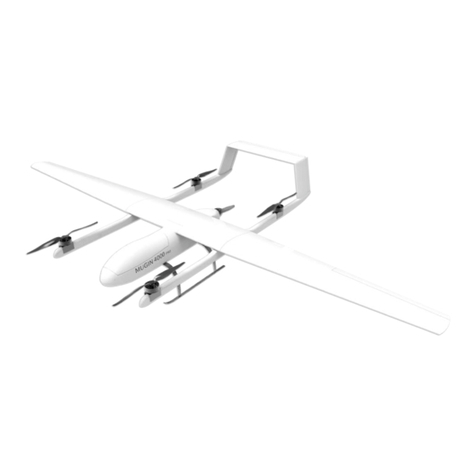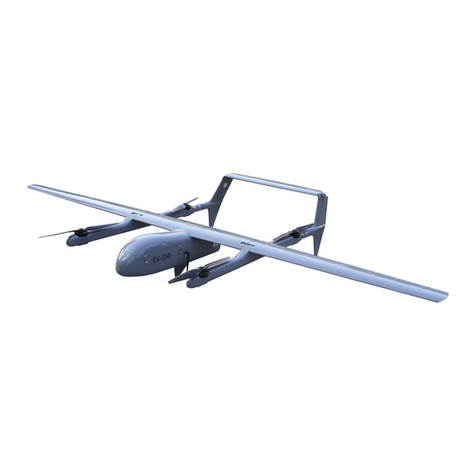
Table of Contents
Safety Precautions....................................................................................................................................................................................................... 3
Product Features......................................................................................................................................................................................................... 3
Transportation............................................................................................................................................................................................................. 3
Specifications...............................................................................................................................................................................................................4
Structure......................................................................................................................................................................................................................5
Contents of the Box..................................................................................................................................................................................................... 6
List of Parts........................................................................................................................................................................................................... 6
List of Contents.....................................................................................................................................................................................................7
Accessories........................................................................................................................................................................................................... 8
Structural Installation Instruction................................................................................................................................................................................9
Preparation of Equipment.................................................................................................................................................................................... 9
Body Platform Installation....................................................................................................................................................................................9
1. Installation of Center Wing........................................................................................................................................................................9
2. Installation of Carbon Tubes....................................................................................................................................................................10
3. Installation of Booms. ..............................................................................................................................................................................11
4. Installation of vertical stabilizers............................................................................................................................................................. 12
5. The connection of horizontal stabilizer and vertical stabilizers...............................................................................................................13
6. Installation of left wing and right wing. ...................................................................................................................................................14
7. Installation of VTOL propellers................................................................................................................................................................ 15
8. Installation of Pusher Propeller............................................................................................................................................................... 16
9. Installation of Pitot Tube......................................................................................................................................................................... 17
10. Placement of batteries.......................................................................................................................................................................... 17
Field Flight................................................................................................................................................................................................................. 18
Pre-flight Check.................................................................................................................................................................................................. 18
Take-off...............................................................................................................................................................................................................19
Return & Landing................................................................................................................................................................................................19





























